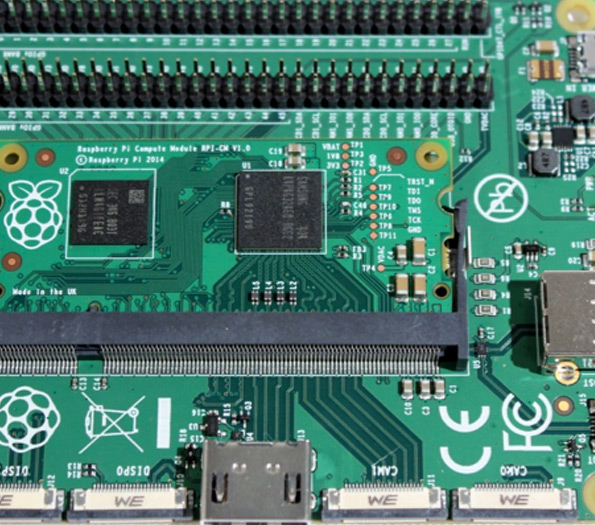

Understanding Full Tempered Glass An Overview
Full tempered glass, also known as toughened glass, is a type of safety glass that has been heat-treated to enhance its strength and durability. Widely used in a variety of applications, including buildings, vehicles, and furniture, full tempered glass undergoes a meticulous manufacturing process that significantly increases its mechanical and thermal properties, making it a popular choice in various industries.
The production process of full tempered glass involves heating the glass to a temperature where it softens and becomes pliable, usually around 600 to 700 degrees Celsius. Once the glass reaches this temperature, it is rapidly cooled using a blast of air. This technique, known as quenching, introduces surface compression to the glass while creating tensile stress within the core. This internal stress distribution is what makes tempered glass much more robust than regular glass. It can withstand higher impacts, resist breakage, and, when it does break, it shatters into small, blunt pieces rather than sharp shards, reducing the risk of injury.
One of the primary advantages of full tempered glass is its impressive strength compared to standard glass. It is typically four to five times stronger than annealed glass of the same thickness. This characteristic makes it suitable for applications in high-stress environments, such as shower doors, glass facades, and glass railings, where safety is paramount. Moreover, full tempered glass can withstand temperature fluctuations, making it an excellent choice for environments where thermal shock is a concern, such as in commercial kitchens or exterior windows in climates with extreme temperature variances.

Additionally, the aesthetic appeal of full tempered glass cannot be understated. It has a sleek, modern finish that complements contemporary architectural designs. Its clarity and transparency allow for natural light to permeate spaces, enhancing the overall ambiance and reducing the need for artificial lighting. This energy-efficient property is especially valued in sustainable building designs, where maximizing natural light is a priority.
When considering the use of full tempered glass, it is important to note that its applications are diverse. In the automotive industry, for instance, full tempered glass is used in side and rear windows due to its strength and safety features. In the realm of architecture, it is often employed in the construction of glass facades, skylights, and curtain walls, providing structural integrity and a visually striking appearance. Even in furniture design, such as glass tables and shelves, full tempered glass offers both safety and design flexibility.
However, full tempered glass is not without its limitations. While it is highly resistant to impacts and breakage, it can still fail under certain conditions. If the edges of the glass are chipped or if it experiences uneven stress during installation, the risk of breakage increases. Therefore, it is crucial to ensure proper handling and installation of full tempered glass to maintain its integrity.
In conclusion, full tempered glass stands out as an exceptional material that combines strength, safety, and aesthetic appeal. Its manufacturing process not only enhances its durability but also makes it suitable for a wide range of applications. As the demand for safer and more efficient building materials continues to rise, full tempered glass will undoubtedly remain a fundamental choice in construction, automotive, and design industries, ensuring a safe and aesthetically pleasing environment for all.